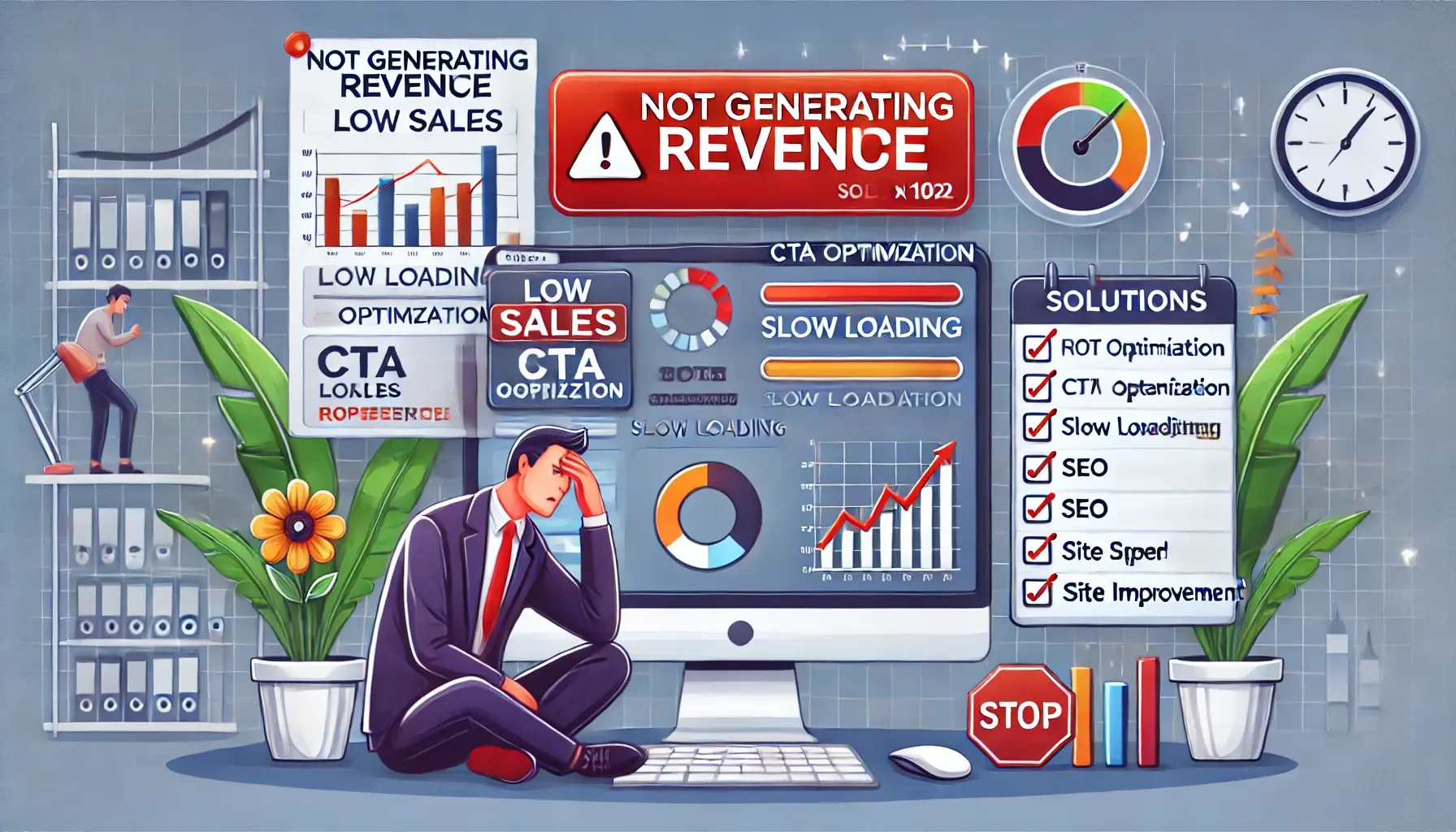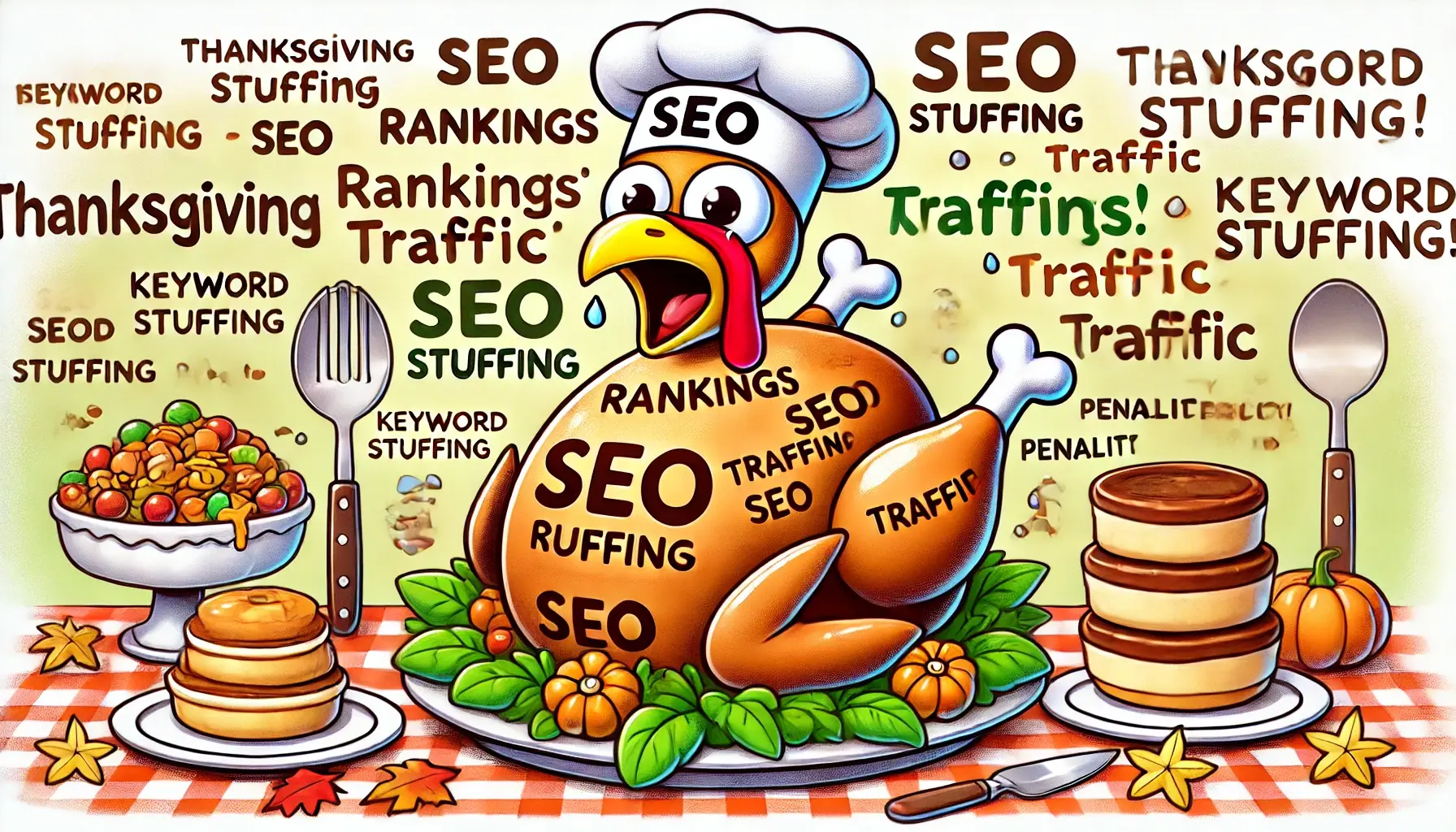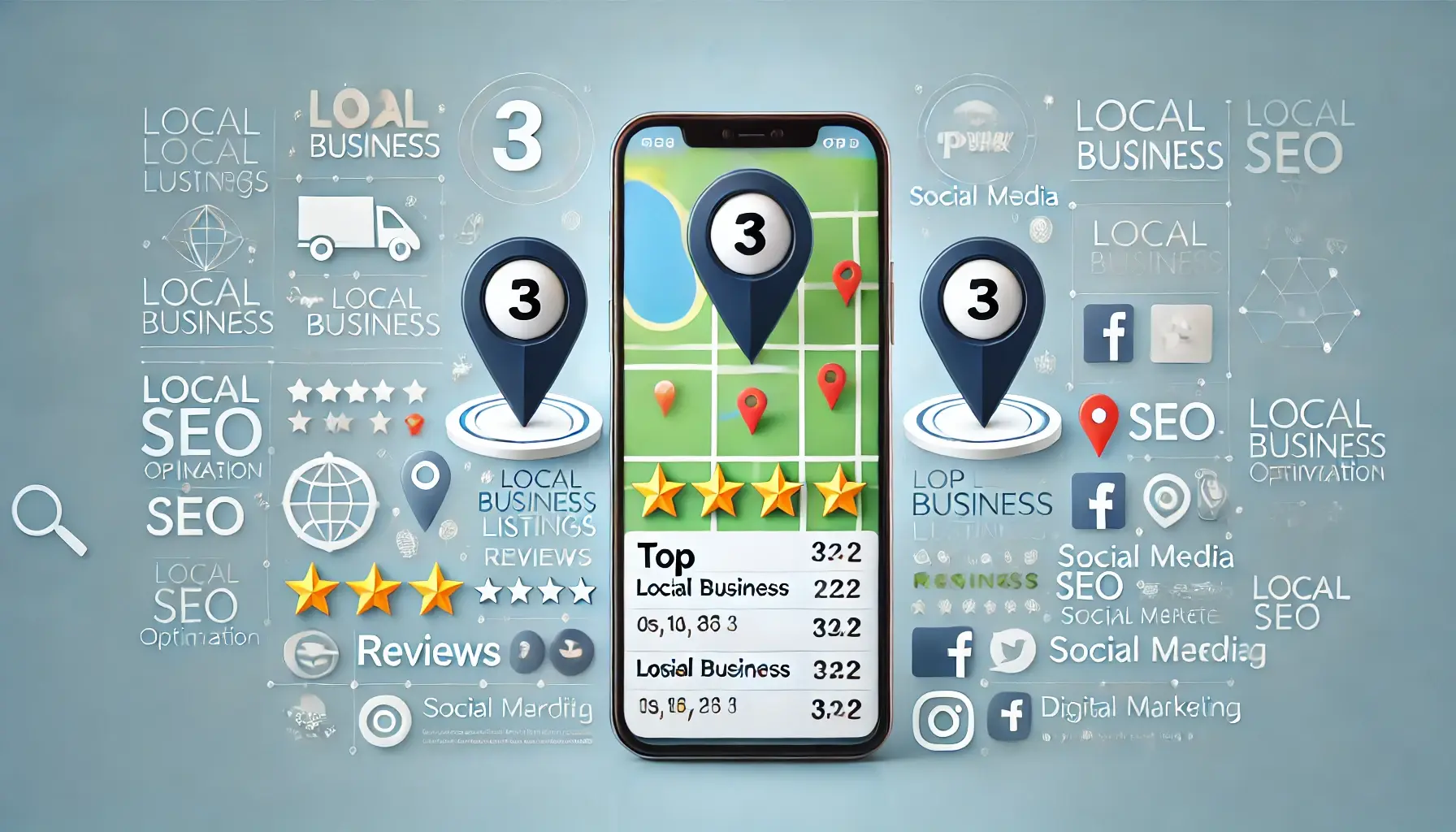
Hey there, fellow business owner! So, you've got a brick-and-mortar store and you want to make sure people can find you not just by accidentally stumbling upon your shop while walking their dog. Well, you're in luck because today we're diving into the world of Local SEO—your trusty compass in the digital landscape.
Why Local SEO Matters
First things first, let’s get one thing straight: Local SEO is like the secret sauce in your grandma’s famous spaghetti recipe. You know it’s there, but you might not fully appreciate its magic until you see the results. Local SEO helps your business show up in local search results, meaning when someone types “best coffee shop near me,” your charming little café has a shot at stealing the spotlight.
And why is this important? Because people are lazy. Yes, you heard me right. Most folks aren’t going to scroll past the first few results on Google. If your business isn’t there, you might as well be invisible. So, let’s get your store noticed, shall we?

1. Claim and Optimize Your Google My Business Listing
Think of Google My Business (GMB) as your online business card, but fancier. Claiming your GMB listing is like waving a giant flag saying, “Hey, I exist!” Here’s how to make it shine:
Step 1: Claim Your Listing
If you haven’t already, head over to Google My Business and claim your listing. This process is as easy as pie (and less messy).
Step 2: Fill in the Details
Fill out every section meticulously. Your business name, address, phone number (NAP), website, hours of operation, and even your business category. If you skip these, Google might think you’re playing hard to get.
Step 3: Add Photos
People are visual creatures. Upload high-quality photos of your storefront, interior, products, and happy customers. If a picture is worth a thousand words, a good photo is worth a thousand customers.
Step 4: Collect Reviews
Good reviews are like gold. Encourage your customers to leave positive reviews and respond to them, even if it’s just a “Thanks, Karen!” It shows you’re engaged and appreciative.
2. Optimize Your Website for Local SEO

Your website is your digital home base. It needs to be cozy and inviting, but also optimized for local search.
Step 1: Use Local Keywords
Sprinkle local keywords throughout your website like you’re seasoning a steak. Use phrases like “best [your business type] in [your city]” in your titles, meta descriptions, headers, and content.
Step 2: Create Location Pages
If you have multiple locations, create a separate page for each one. Each page should have unique content about that specific location. Think of it as giving each store its own little spotlight.
Step 3: Add a Map
Embed a Google Map on your contact page. Not only does this help with SEO, but it also helps people find you without resorting to a treasure map.
Step 4: Mobile-Friendly Design
Your website should be mobile-friendly because, let’s face it, most people browse the web while pretending to listen to their friends. A responsive design ensures your site looks good on all devices.
3. Get Listed in Online Directories
Getting listed in online directories is like attending a networking event without having to shake hands. The more places your business is mentioned, the more credible you appear to search engines.
Step 1: Find Reputable Directories
Get listed in popular directories like Yelp, Yellow Pages, and TripAdvisor. Avoid shady directories that look like they were designed in the 90s.
Step 2: Consistent NAP
Ensure your Name, Address, and Phone number (NAP) are consistent across all listings. Inconsistencies are like typos on your resume—they make you look unprofessional.
Step 3: Keep Your Info Updated
If you change your phone number or move to a new location, update your listings. No one likes being stood up by a business that’s moved without telling anyone.
4. Leverage Social Media
Social media is like the town square of the internet. It’s where people go to chat, share, and sometimes overshare. Use it to your advantage.
Step 1: Choose the Right Platforms
Focus on platforms where your customers hang out. Facebook, Instagram, and Twitter are usually good bets.
Step 2: Post Regularly
Post updates, promotions, and engaging content regularly. Share photos of your store, behind-the-scenes peeks, and happy customer testimonials. Show your business’s personality.
Step 3: Engage with Followers
Respond to comments and messages promptly. Social media isn’t a one-way street; it’s a conversation. So, don’t be that person who only talks about themselves.
5. Create Local Content
Content is king, but local content is the king of the neighborhood. Create content that speaks directly to your local audience.
Step 1: Write Local Blog Posts
Write blog posts about local events, news, and happenings. Feature local landmarks or partner with other local businesses for guest posts.
Step 2: Use Local Keywords
Incorporate local keywords naturally in your content. Talk about your city, neighborhood, and the community you serve.
Step 3: Highlight Local Events
If you’re participating in or hosting a local event, write about it. People love to know what’s going on in their community.
6. Get Backlinks from Local Sources

Backlinks are like votes of confidence from other websites. The more you have, the more credible you look to search engines.
Step 1: Partner with Local Businesses
Partner with other local businesses for promotions or events and ask them to link back to your website. It’s like scratching each other’s backs, but digitally.
Step 2: Sponsor Local Events
Sponsor local events or charities and request a backlink in return. It’s good for SEO and makes you look like a generous soul.
Step 3: Reach Out to Local Bloggers
Local bloggers are always looking for new content. Reach out to them for reviews or guest post opportunities. Just make sure you don’t sound like a robot in your outreach.
7. Encourage and Respond to Reviews

Reviews are crucial for local SEO. They’re like word-of-mouth, but louder.
Step 1: Ask for Reviews
Encourage happy customers to leave reviews. A simple “Hey, we’d love to hear your feedback!” can go a long way.
Step 2: Respond to Reviews
Respond to reviews, both positive and negative. Thank customers for positive reviews and address any concerns in negative ones. Show that you care.
Step 3: Display Reviews on Your Website
Showcase your best reviews on your website. It’s like displaying trophies, but less dusty.
8. Use Local Schema Markup
Schema markup is like a secret language for search engines. It helps them understand your content better.
Step 1: Add Local Business Schema
Use schema markup to provide search engines with information about your business. Include your business name, address, phone number, hours of operation, and more.
Step 2: Use a Schema Markup Generator
If coding isn’t your thing, use a schema markup generator to create the code for you. It’s like having a translator who speaks search engine fluently.
9. Monitor and Analyze Your Local SEO Performance

Finally, you need to keep an eye on your local SEO performance. It’s like watching your garden grow, but less dirt under your nails.
Step 1: Use Google Analytics
Set up Google Analytics to track your website traffic and user behavior. Look for patterns and trends.
Step 2: Use Google Search Console
Google Search Console helps you monitor your website’s presence in search results. Use it to identify any issues and optimize your site.
Step 3: Regularly Check Your Rankings
Keep track of your local search rankings. Use tools like Moz, SEMrush, or Ahrefs to see how you’re doing and where you can improve.
Conclusion
There you have it! Local SEO might seem like a lot of work, but think of it as tending to a garden. With a bit of effort, you’ll see your business bloom in local search results, attracting more customers to your store.
So, put on your digital gardening gloves and start planting those SEO seeds. Soon enough, you’ll be reaping the rewards of a thriving brick-and-mortar business, all thanks to the power of Local SEO. Now, go forth and conquer the local search world—one optimized listing at a time!






















